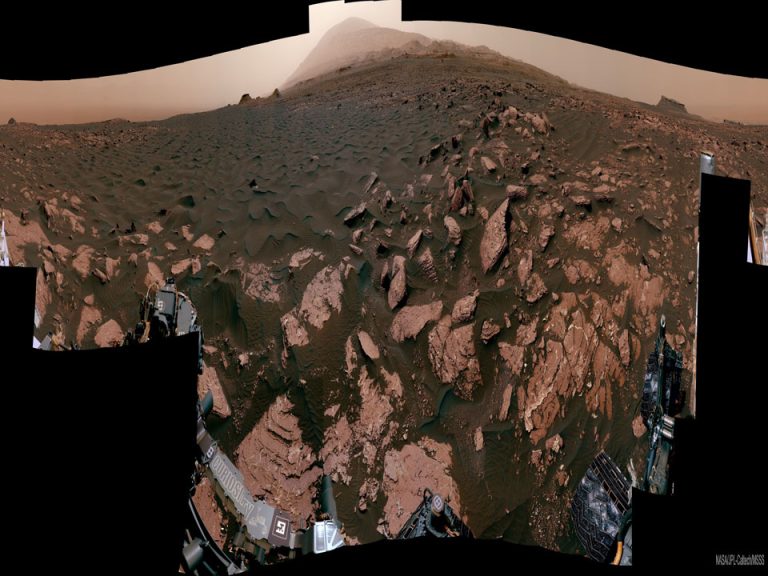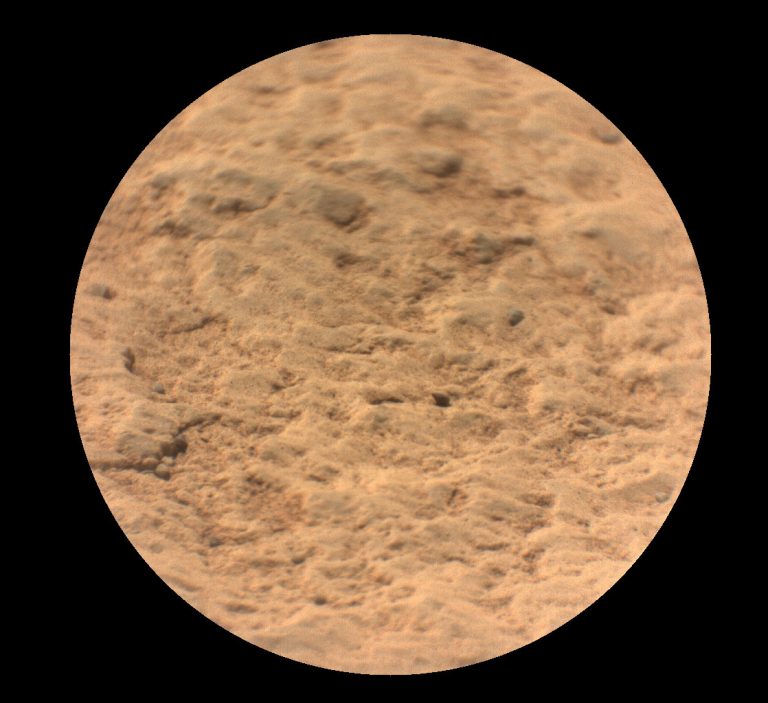2024年9月8日
M31: The Andromeda Galaxy
Image Credit: Subaru (NAOJ), Hubble (NASA/ESA), Mayall (NSF);
Processing & Copyright: R. Gendler & R. Croman
Explanation: The most distant object easily visible to the unaided eye is M31, the great Andromeda Galaxy. Even at some two and a half million light-years distant, this immense spiral galaxy — spanning over 200,000 light years — is visible, although as a faint, nebulous cloud in the constellation Andromeda. A bright yellow nucleus, dark winding dust lanes, and expansive spiral arms dotted with blue star clusters and red nebulae, are recorded in this stunning telescopic image which combines data from orbiting Hubble with ground-based images from Subaru and Mayall. In only about 5 billion years, the Andromeda galaxy may be even easier to see — as it will likely span the entire night sky — just before it merges with, or passes right by, our Milky Way Galaxy.
Teachers & Students: Ideas for using APOD in the classroom
Tomorrow’s picture: dark moon, red planet
M31: 仙女座星系
影像提供: Subaru (NAOJ), Hubble (NASA/ESA), Mayall (NSF);
影像处理与版权: R. Gendler & R. Croman
说明: 人类肉眼能轻易见到的最远天体是, M31(仙女座星系),离我们有2百多万光年远。不过,如果没借助于望远镜,这个跨幅超过200,000光年的庞大螺旋星系,看起来只是仙女座的一团不起眼的暗淡弥漫云气。在这幅整合了轨道哈勃及地面昴宿及梅奥望远镜影像数据的精采影像里,仙女座星系明亮的泛黄星系核、蜿蜒黝黑的尘埃带、明亮的宽广泛蓝螺旋臂、与泛红的发射星云皆历历在目。再过约50亿年,仙女座星系或许会更加容易观测,因为在它与我们银河系合并或穿过 银河系之前,它会占满整个夜空。
教师和学生: 在课堂上使用APOD的想法
明日的图片: dark moon, red planet








2 Comments